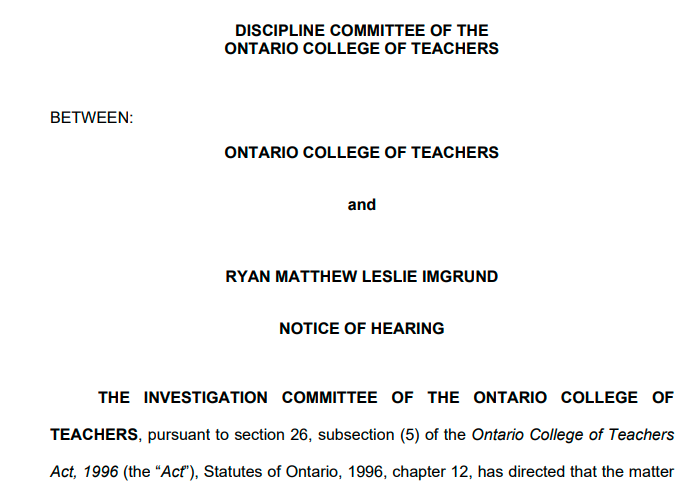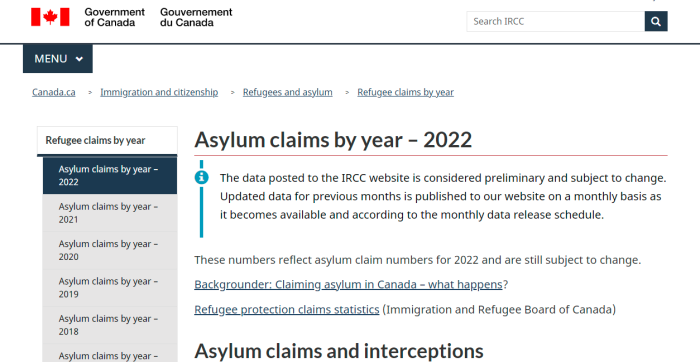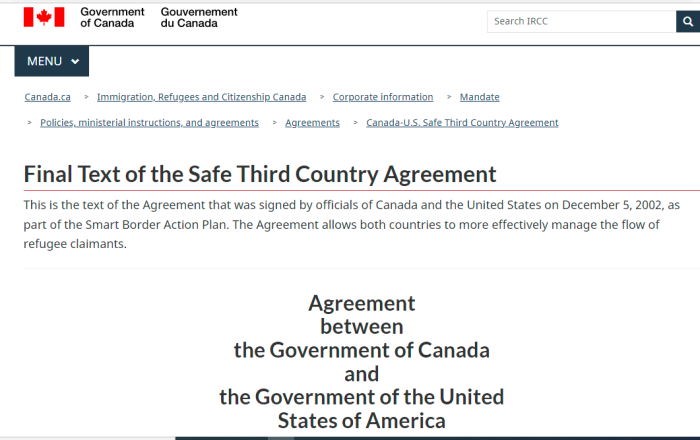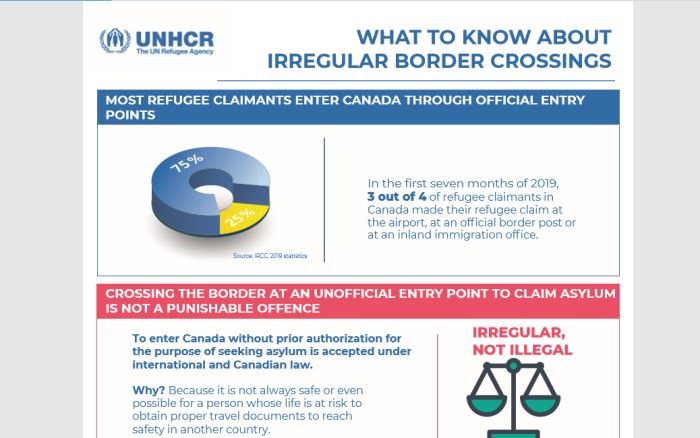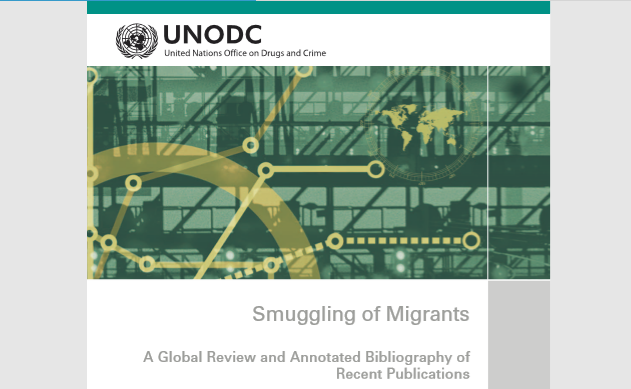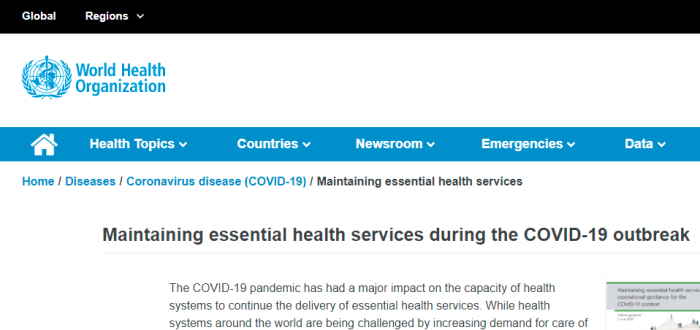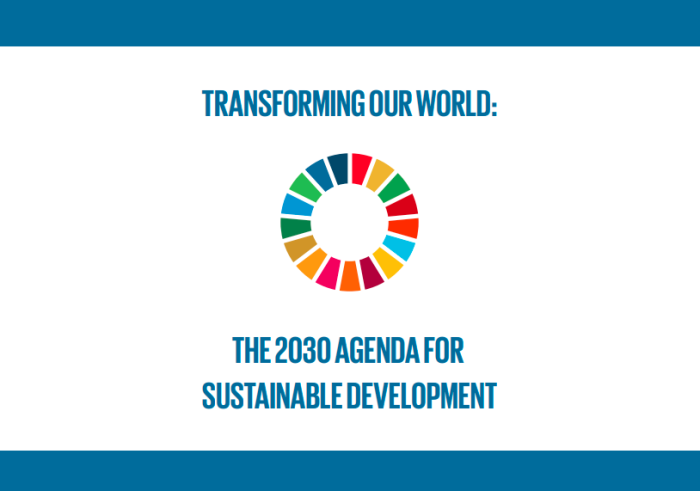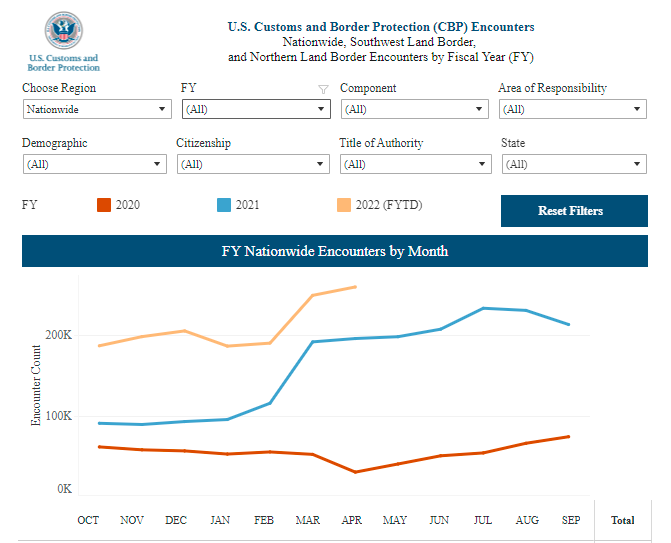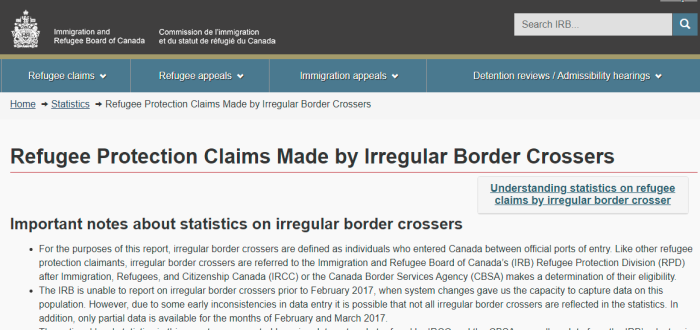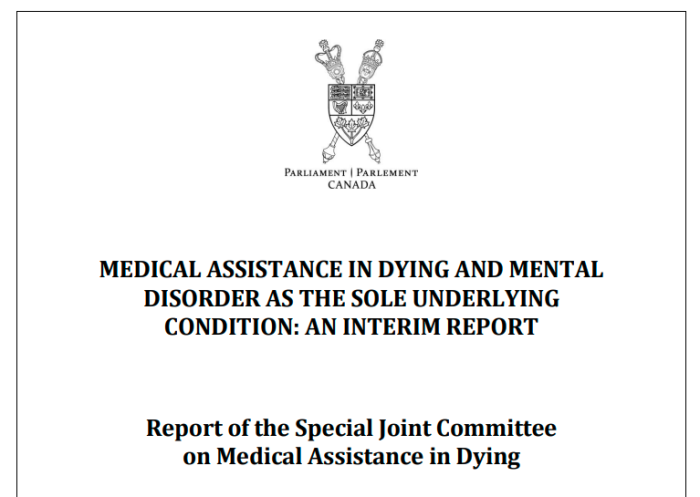
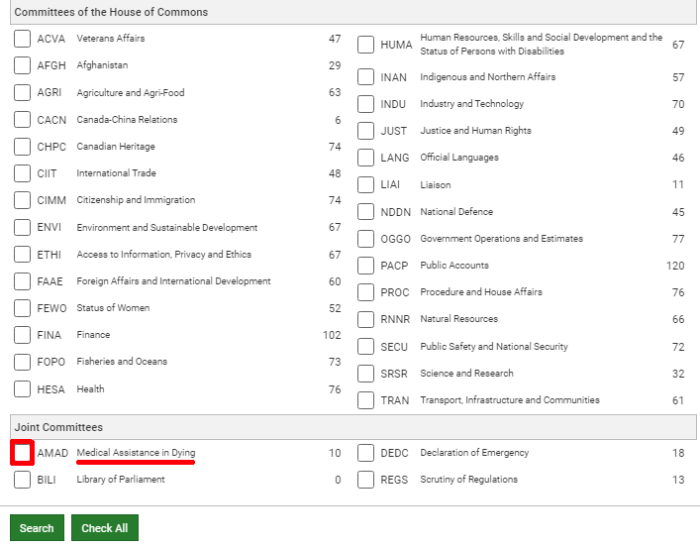
Medical Assistance in Dying (MAiD), a.k.a. euthanasia or assisted suicide, had been touted as proponents as having an extremely limited scope. In other words, it would be available to people with terminal illnesses, who were otherwise living in extreme pain.
Bill C-14 was supposed to be limited to terminal cases. In the next session, Bill C-7 increased the eligibility options. Suddenly, even people with serious mental illnesses were able to obtain euthanasia, provided the mental problem wasn’t the sole reason.
And now, we reach the point where people whose SOLE problem is a mental illness can be put down with the help of so-called medical professionals. The people pushing the slippery slope argument have been proven correct once again.
An interim report was released in June 2022, and it’s widely expected that expanding the scope will become law very soon.
MAID PRACTICE STANDARDS
Recommendation 1: Development of MAiD practice standards
The federal, provincial and territorial governments should facilitate the collaboration of physician and nurse regulatory bodies in the development of Standards of Practice for physicians and nurse practitioners for the assessment of MAiD requests in situations that raise questions about incurability, irreversibility, capacity, suicidality, and the impact of structural vulnerabilities. These standards should elaborate upon the subject matter of recommendations 2–13.
INTERPRETING GRIEVOUS AND IRREMEDIABLE MEDICAL CONDITION
Recommendation 2: Establishing incurability
MAiD assessors should establish incurability with reference to treatment attempts made up to that point, outcomes of those treatments, and severity and duration of illness, disease or disability. It is not possible to provide fixed rules for how many treatment attempts, how many kinds of treatments, and over what period of time as this will vary according to the nature and severity of medical conditions the person has and their overall health status. This must be assessed on a case-by-case basis. The Panel is of the view that the requester and assessors must come to a shared understanding that the person has a serious and incurable illness, disease or disability. As with many chronic conditions, the incurability of a mental disorder cannot be established in the absence of multiple attempts at interventions with therapeutic aims.
Recommendation 3: Establishing irreversibility
MAiD assessors should establish irreversibility with reference to interventions tried that are designed to improve function, including: recognized rehabilitative and supportive measures that have been tried up to that point, outcomes of those interventions, and the duration of decline. It is not possible to provide fixed rules for how many attempts at interventions, how many types of interventions, and over how much time, as this will vary according to a requester’s baseline function as well as life goals. Therefore, this must be assessed on a case-by-case basis. The Panel is of the view that the requester and assessors must come to a shared understanding that the person is in an advanced state of irreversible decline in capability.
Recommendation 4: Understanding enduring and Intolerable suffering
MAiD assessors should come to an understanding with the requester that the illness, disease or disability or functional decline causes the requester enduring and intolerable physical or psychological suffering.
VULNERABILITIES
Recommendation 5: Comprehensive capacity assessments
MAiD assessors should undertake thorough and, where appropriate, serial assessments of a requester’s decision-making capacity in accordance with clinical standards and legal criteria. These assessments should be consistent with approaches laid out in standardized capacity evaluation tools.
Recommendation 6: Means available to relieve suffering
To ensure all requesters have access to the fullest possible range of social supports which could potentially contribute to reducing suffering, the Panel recommends that ’community services’ in Track 2 Safeguard 241.2(3.1)(g) should be interpreted as including housing and income supports as means available to relieve suffering and should be offered to MAiD requesters, where appropriate.
Recommendation 7: Interpretation of track 2 safeguard 241.2(3.1)(h) the person has given serious consideration to those means
Serious consideration should be interpreted to mean genuine openness to the means available to relieve suffering and how they could make a difference in the person’s life.
Recommendation 8: Consistency, durability, and well-considered nature of a maid request
Assessors should ensure that the requester’s wish for death is consistent with the person’s values and beliefs, unambiguous and rationally considered during a period of stability, not during a period of crisis.
Recommendation 9: Situations of involuntariness
Persons in situations of involuntariness for periods shorter than six months should be assessed following this period to minimize the potential contribution of the involuntariness on the request for MAiD. For those who are repeatedly or continuously in situations of involuntariness, (e.g., six months or longer, or repeated periods of less than six months), the institutions responsible for the person should ensure that assessments for MAiD are performed by assessors who do not work within or are associated with the institution.
ASSESSMENT PROCESS
Recommendation 10: Independent assessor with expertise
The requester should be assessed by at least one assessor with expertise in the condition(s). In cases involving MAiD MD-SUMC, the assessor with expertise in the condition should be a psychiatrist independent from the treating team/provider. Assessors with expertise in the person’s condition(s) should review the diagnosis, and ensure the requester is aware of all reasonable options for treatment and has given them serious consideration.
Recommendation 11: Involvement of other healthcare professionals
Assessors should involve medical subspecialists and other healthcare professionals for consultations and additional expertise where necessary.
Recommendation 12: Discussion with treating team and collateral information
• If the requester’s primary healthcare provider is not one of the assessors, assessors should obtain input from that person. When the requester’s clinical care is shared by members of a multidisciplinary healthcare team, assessors should solicit their input as well.
• With a requester’s consent, assessors and providers shall obtain collateral information relevant to eligibility and capacity assessment. This should include reviewing medical records, prior MAiD assessments, and discussions with family members or significant others. Care must be taken to determine that obtaining collateral information will not be harmful to the requester.
Recommendation 13: Challenging interpersonal dynamics
Assessors and providers should be self-reflective and examine their reactions to those they assess. If their reactions compromise their ability to carry out the assessment in accordance with professional norms, they should seek supervision from mentors and colleagues, and/or discontinue involvement in the assessment process. The practitioner should adhere to any local policies concerning withdrawal from a MAiD assessment and onward referral.
IMPLEMENTATION
Recommendation 14: Consultations with first nations, inuit and métis peoples
Consultation between health regulatory bodies in each province and territory with First Nations, Métis, and Inuit peoples must aim to create practice standards with respect to MAiD MD-SUMC, and MAiD more generally, that incorporate Indigenous perspectives and are relevant to their communities.
Recommendation 15: Training of assessors and providers in specialized topics
To support consistent application of the law and to ensure high quality and culturally sensitive care, assessors and providers should participate in training opportunities that address topics of particular salience to MAiD MD-SUMC. These include, but are not limited to: capacity assessment, trauma-informed care and cultural safety.
Recommendation 16: Prospective oversight
Given its concurrent jurisdiction in relation to MAiD, the federal government should play an active role in supporting the development of a model of prospective oversight for all or some Track 2 cases that could be adapted by provinces and territories.
Recommendation 17: Case-based quality assurance and education
The federal government should play an active role in supporting the development of provincial/territorial systems of MAiD case review for educational and quality improvement purposes.
Recommendation 18: Modifications to data collection under the federal maid monitoring system
Data related to specific topics (eligibility, supported decision-making, means available to relieve suffering, refusal of means available, and residence and legal status) should be collected in the MAiD monitoring system in addition to data already collected under the 2018 Regulations. These data can be used to assess whether key areas of concern raised about MAiD MD-SUMC and complex Track 2 cases discussed in this report are being addressed by the clinical practices recommended.
Recommendation 19: Periodic, federally funded research
The federal government should fund both targeted and investigator-initiated periodic research on questions relating to the practice of MAiD (including but not only MAiD MD-SUMC).
If nothing else, Recommendation #8 points out that this should only be an option during a period of stability, and not during a crisis.
Keep in mind, this is only an interim report. There’s nothing to suggest this won’t be expanded on at some later point.
Since its inception, the rates of people receiving assistance in suicide has increased year over year. This will surely raise those numbers even more.
(1) https://www.ourcommons.ca/Committees/en/Work
(2) https://parl.ca/DocumentViewer/en/44-1/AMAD/report-1/
(3) https://parl.ca/Content/Committee/441/AMAD/Reports/RP11896958/amadrp01/amadrp01-e.pdf
(4) https://canucklaw.ca/canadas-bill-c-14-assisted-suicide/
(5) https://canucklaw.ca/euthanasia-3-bill-c-7-to-expand-scope-of-assisted-suicide/
(6) https://canucklaw.ca/recent-statistics-on-euthanasia-assisted-suicide-in-canada/
Like this:
Like Loading...
